Kambojaric
MODERATOR

- Joined
- Apr 6, 2010
- Messages
- 5,480
- Reaction score
- 16
- Country
- Location
Should i share some pics
I am from Taxila
Go for it
 , the more pics the better!
, the more pics the better!Follow along with the video below to see how to install our site as a web app on your home screen.
Note: This feature may not be available in some browsers.

Should i share some pics
I am from Taxila
 , the more pics the better!
, the more pics the better!
 )
)

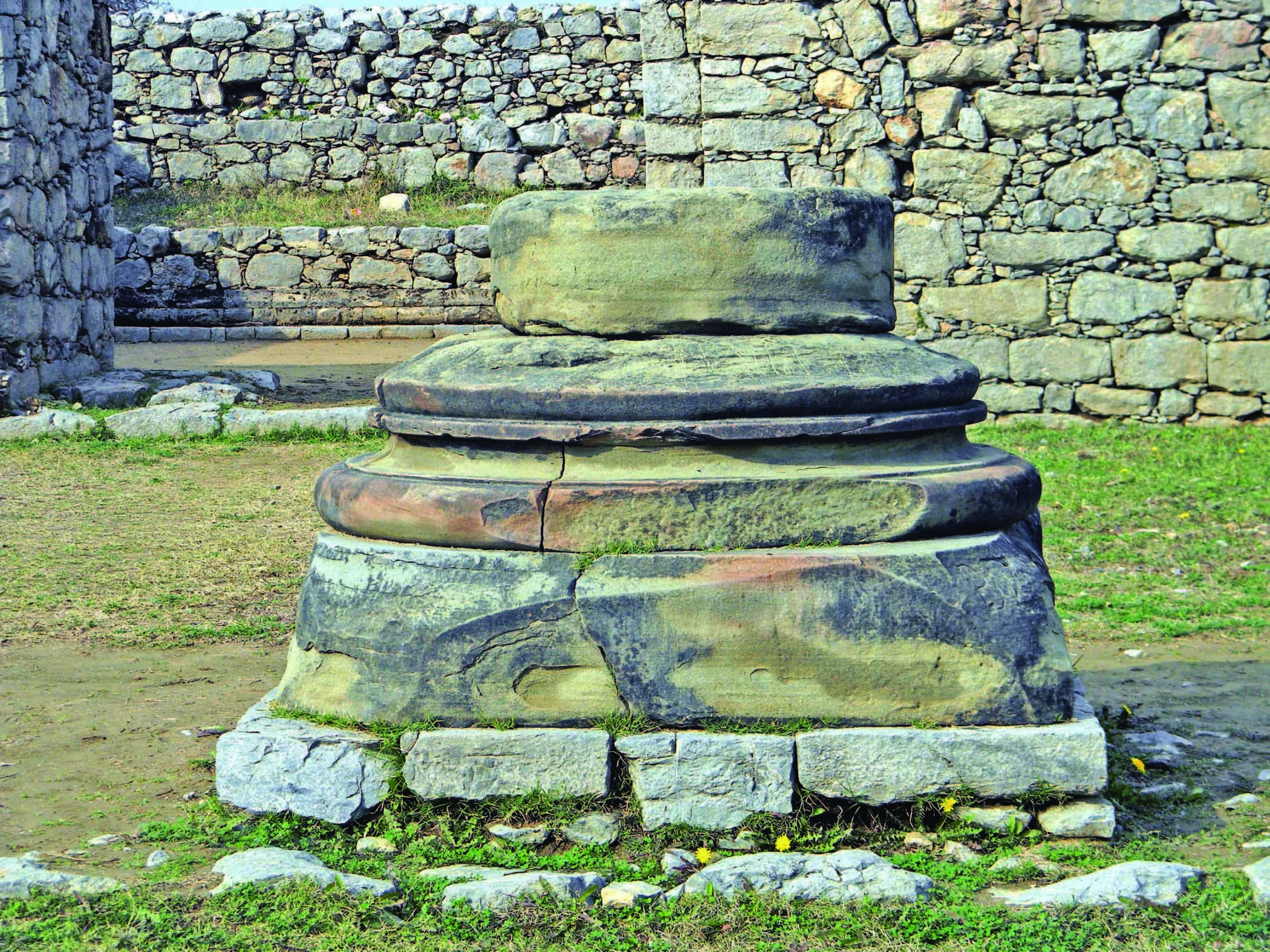
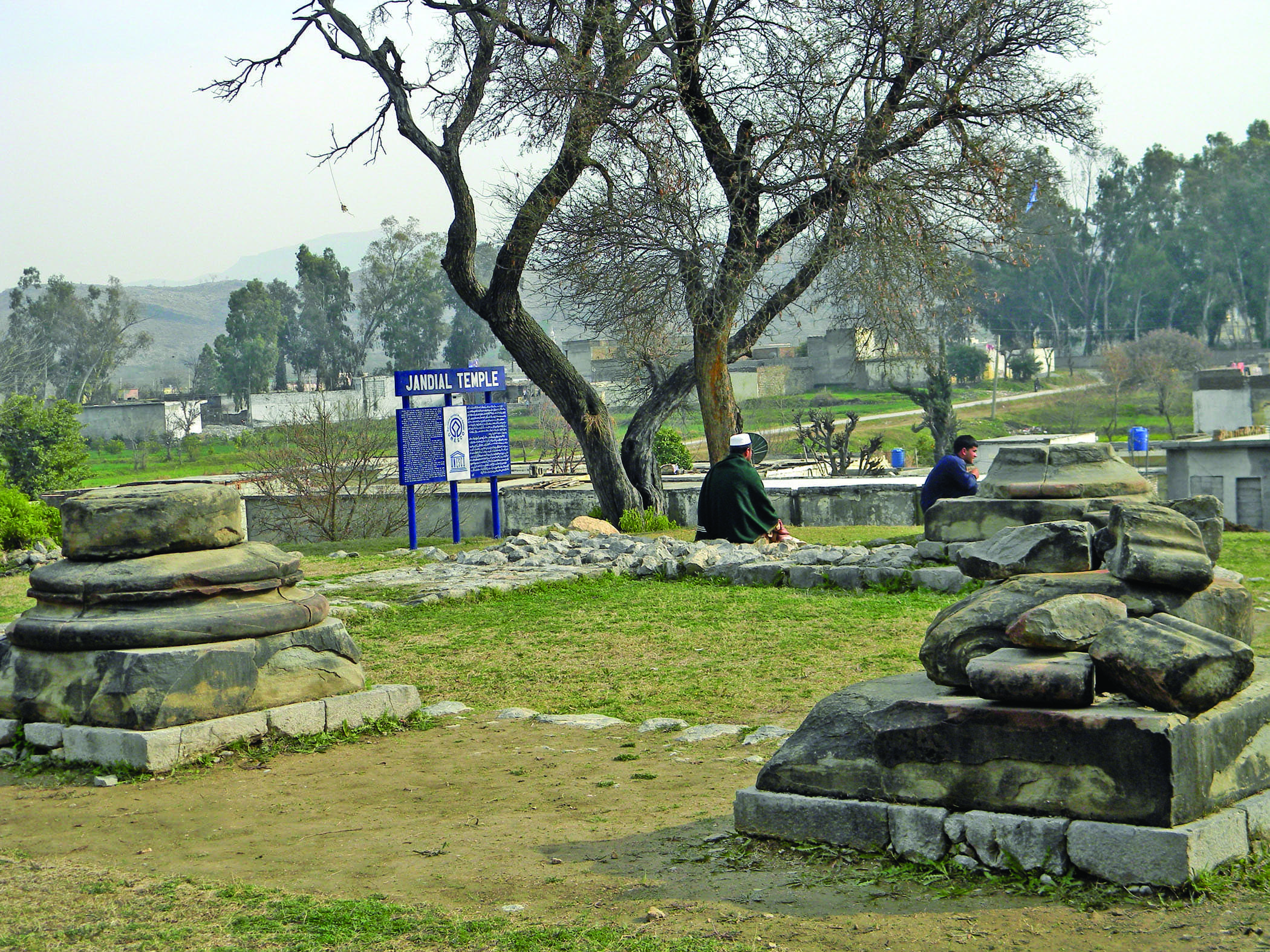
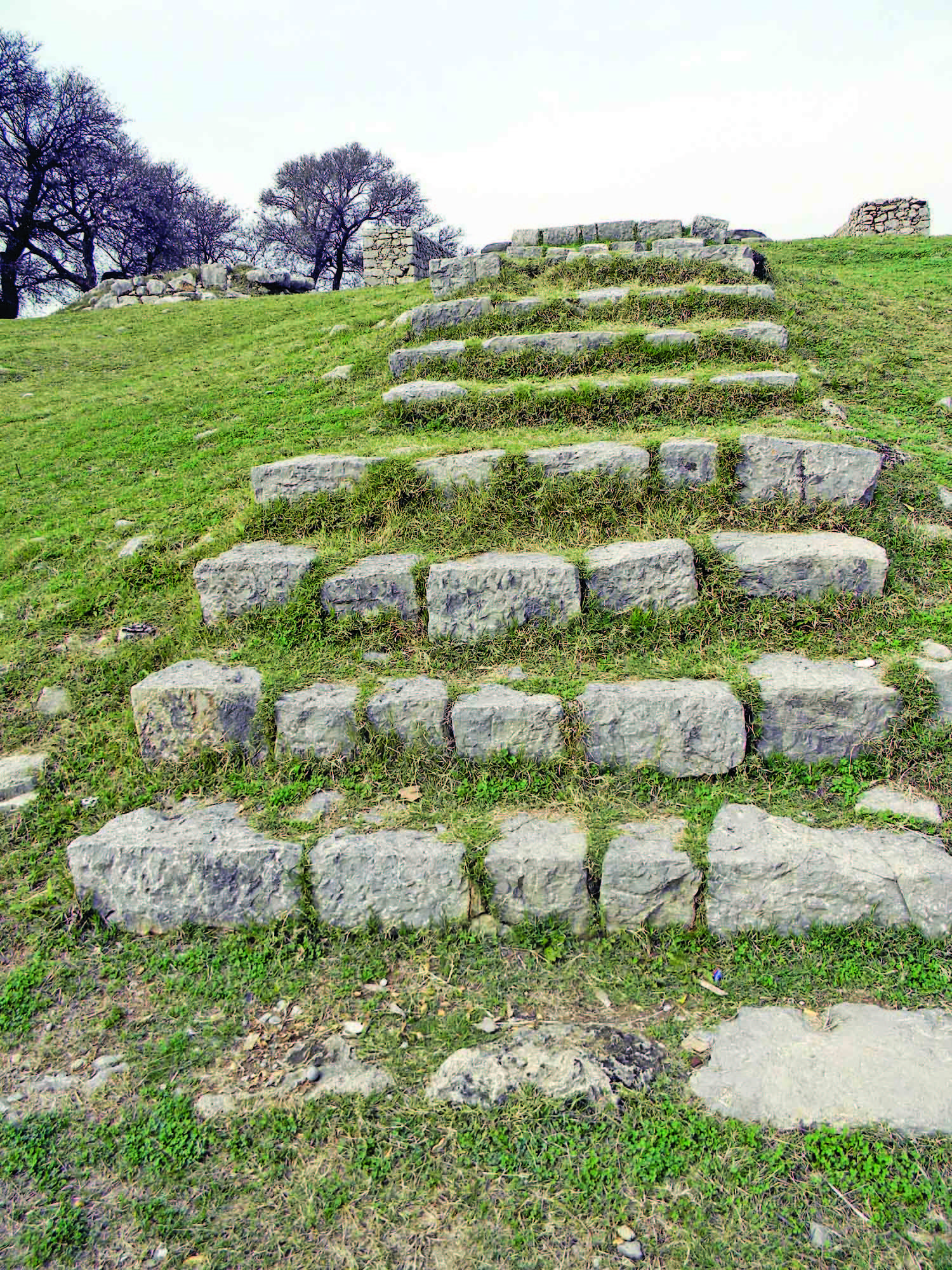
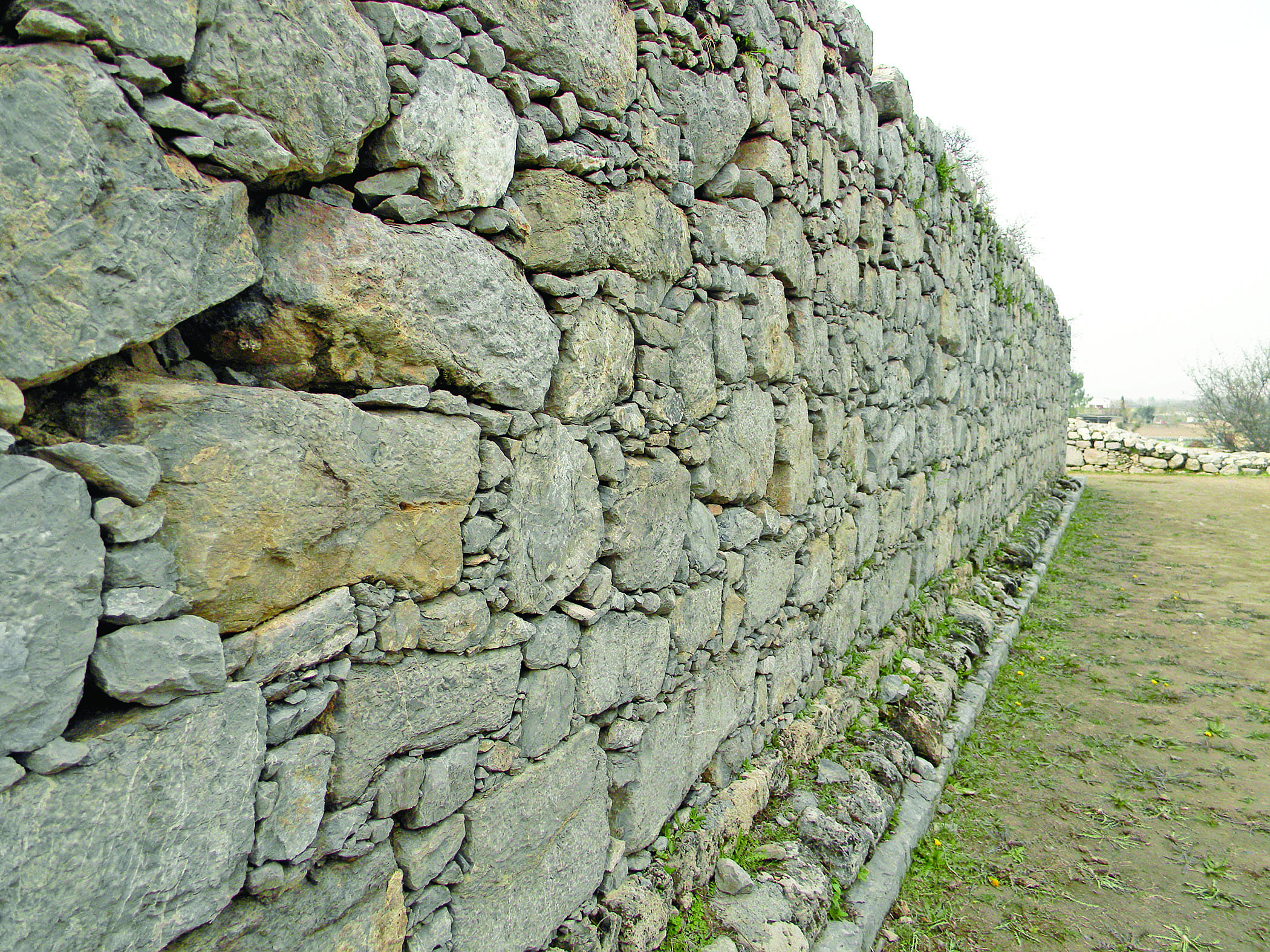


As for the temple of Jandial near Taxila, in use from the 1st century BC onwards, the dispute as to whether it was a Zoroastrian or non-Zoroastrian fire temple (notwithstanding its Greek ground-plan and Greek coloumns) will in all probability be resolved when it is realised that both groups used it.

You took these pics?A really interesting site at Sirkap (Taxila) is the Jandial Temple, built according to Greek styles but apparently used as a Zoroastrian temple.
Jandial — a Zoroastrian temple in heart of Buddhist civilisation

Base of the column of sandstone placed in front of Jandial temple.
Taxila is known as the cradle of Buddhist civilisation, with numerous Buddhist sites. But few know that in heart of the great Buddhist civilisation there stands a Zoroastrian temple known as the Jandial Temple.
The Jandial temple dates back to 1st century BC, standing on an artificial mound, north of Sirkap City.

Fragments of column and pilasters made of sandstone built in front of Jandial temple.

Stairs leading to Jandial temple — a pure Greek style of architecture.
The resemblance of this temple to classical Greek temples is striking. The structure of the temple is in limestone and kanjur with plaster on the façade, patches of which are still intact. Kanjur is a porous form of sedimentary stone, used in Gandhara. Some large columns and pillars are constructed with massive blocks of sandstone.
Built in the Scythio-Parthian period, this is believed to be the temple described by Philostratus in his Life of Apollonius of Tyana. According to A.G Lone, a former curator of Taxila Museum, Philostratus may have spoken of this temple when he says “They saw, a temple in front of the wall, about 100 feet in length and built of shell like stone. There were brazen tablets on which were portrayed the deeds of Porus and Alexander”.
Behind the main building is a set of stairs that leads to a platform where a Parthian fire Sanctuary probably existed in the 1st century BC.

The outer wall of Jandial temple. Having been built in 1st century BC, the wall still stands tall and strong.

A board erected at the site of Jandial temple welcomes visitors with information about the site both in English and Urdu.
Late veteran scholar and historian A.H. Dani, in his book ‘History of Civilisations of Central Asia’ notes that “the remains of a Zoroastrian fire temple were shown from Jandial, said to have been built by the Indo-Parthians”.
Mahmoodul Hasan Shah, assistant director in the federal directorate-general of archaeology and museums, quoting Dr A.H. Dani, said: “The Jandial temple was found at the same place where Alexander the Great erected his tent.”
He said that the Greek rulers of Taxila performed religious ceremonies of their own faith at this temple.

The front view of Jandial temple.
____________________
It has been disputed whether the temple was only a fire temple or not, and the reality is that it was probably used by multiple groups. As Ehsan Yarshater writes in 'The Cambridge History of Iran'


You took these pics?
You from ....... taxila???
And yes the article was a good one. Have been to the temple as well and it is a must visit if someone is into the archeology.
You can often Koreans and Chinese visiting these places in Taxila. May be we we should tag a few.
@Beast @cirr @Kiss_of_the_Dragon @siegecrossbow @Tiqiu @nang2 @ChineseTiger1986 @Chinese-Dragon @cnleio @wanglaokan
@Slav Defence @WAJsal @waz can you please move this to the Pakistan Tourism section?

Well when you visit Pakistan and are planing to visit Taxila, you HAVE TO let me know!I wish they were mine man. The pics are from the article linked in the title (dawn). I am merely an avid fan of our history. Hopefully next time I come to Pak in November I can take a trip up to Taxila. There is so much to see in our country!
Indeed, the Taxila (Gandhara) region has huge potential for tourism from East and South East Asia + Sri Lanka.
A thread I started a couple of months ago. We need to spread the word as much as possible especially since things seem to be calming down in the Post Zarb e Azb era.
https://defence.pk/threads/bhutan’s-monks-worship-at-mingora-monastery.430997/
 )
) 

Well when you visit Pakistan and are planing to visit Taxila, you HAVE TO let me know!
I am not in Taxila anymore as we moved about two and a half years back but i was born and brought up there and will like to take this as an opportunity to visit my place again (though i do so every few months already)
Let me know and i will be happy to host you.

Just run awayThanks for the offer! I will most certainly let you know if my road leads up north. Hopefully those never ending pesky 'rishtedaars' will give this poor soul a chance to explore his country.



Just run away
Will gather a few friends and you may call some of yours and lets explore those archaeology sites/
ON topic: Will return with a few more pics and details of various structures of Sirkap.
 . Looking forward to the pics
. Looking forward to the pics 

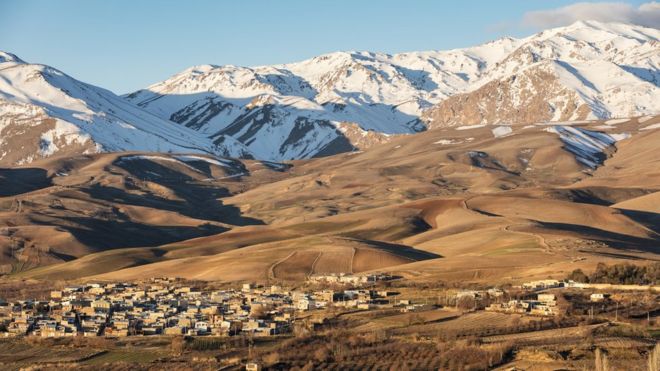

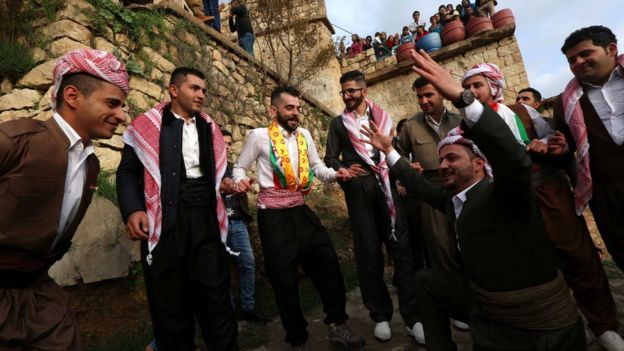


@Kambojaric I was just about to shout "but there was no Pakistan then". On reflection I realized there was no Iran, Turkey or Afghanistan either 10,000 years ago.












